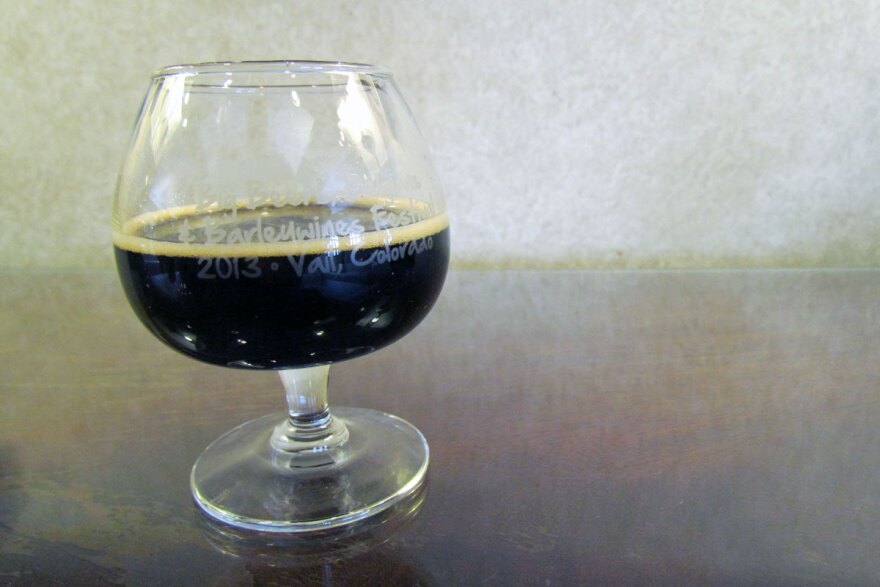What does beer taste like? Beer, right? Technically yes. But to certified beer tasters, or Cicerone, the taste of beer goes right to the molecular level.
At 8 a.m. around 40 beer aficionados are up bright and early to learn the precise art of tasting and pairing beer. It鈥檚 all a part of Vail鈥檚 . You would be right in assuming that it鈥檚 abnormally early for a session on appreciating the taste of beer, but these hopefuls are trying to join the small world of master beer tasters.
The wine world has sommeliers that are the best in their field. In the beer world however, the profession of 鈥榖eer sommelier鈥� is much younger. The has only been around for five years, and it's quickly becoming the industry standard.
To become a certified Cicerone, pronounced "sis-uh-rohn," you need to :
- Beer storage, sales, and service
- Beer styles and culture
- Beer tasting and flavors
- Brewing ingredients and processes
- Pairing beer with food
Much like a sommelier program, there are different levels of certification ranging from a Certified Beer Server, to Master Cicerone. Ray Daniels created the certification program and with the craft beer explosion and the rise of new styles of gastronomy, his program is filling a need across the industry.

鈥淧eople are way more interested in what food tastes like. They鈥檙e interested in new food experiences, they鈥檙e interested in new cuisines and they鈥檙e interested in where their food comes from,鈥� says Daniels. The certification program is geared for industry professionals and drills down into the nuts and bolts of beer. In a nutshell, the goal is to ensure the specific taste a brewmaster intended is actually the one the drinker experiences.
鈥淭here鈥檚 a lot of ways to ruin beer between the brewery and the consumers glass. So the people who are in the beer business need to understand that," says Daniels. "They need to know proper ways to handle beer, and proper ways to serve beer so that it can be a simple pleasure for the consumer and it doesn鈥檛 end up being ruined when they get to it.鈥�
Guides Not Gods
As one of the youngest certified Master Cicerone in the world, Nicole Erny is also one of the rare women in her field. Achieving Master Cicerone status at age 28, she has an in-depth understanding of the beer making process with a palate to distinguish and pair beer styles based on appearance, aroma, and flavor.
鈥淭here are thousands of identifiable compounds in beer that are flavor active, either at a low level and a high level. And you can train yourself to identify them. There are some major ones that are extremely flavor active and very common in beer that any seasoned beer drinker should identify readily. But a really advance sensory analysis will be able to identify dozens and dozens of specifics compounds,鈥� says Erny.

Becoming a master beer taster is no small feat. Erny studied the craft for about seven years before taking the Cicerone certification exam, but she was thinking about taste years before deciding to make a career out of it. 鈥淚 feel like I鈥檝e always grown up really connected to flavor and comparing things. My grandfather used to grow a lot of fruits and had an orchard in his backyard. Some of my best memories of him are sitting on his knee as he cut three different kinds of pears and tasting them.鈥�
To Erny, Master Cicerones are blazing their own trail in the industry and creating a better experience for beer drinkers with the mantra 鈥榞uides not gods.鈥�
鈥淵ou might have a museum curator take you through and you get so much more out of an exhibit than if you go by yourself, that鈥檚 our goal.鈥�












